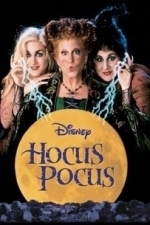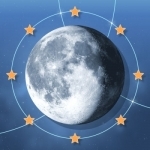
Deluxe Moon Pro - Moon Phases Calendar
Weather and Education
App
Deluxe Moon Pro is the best Moon app available in AppStore. Instead of paying $7.99 get Deluxe Moon...

Moon Gardening
Weather and Productivity
App
Can gardening by the Moon affect plants in your garden? This app will give you specific gardening...

Moon Gardening Light - Grow Plants Better With Moon Phases
Weather and Productivity
App
Can gardening by the Moon affect plants in your garden? This app will give you specific gardening...
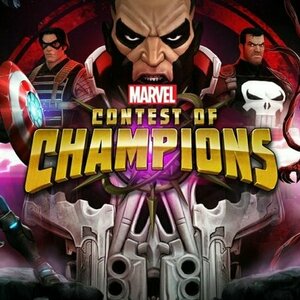
MARVEL Contest of Champions
Entertainment and Games
App
Prepare for epic versus-fighting action with your favorite Marvel Super Heroes & Super Villains in...

Nota for iPad
Music and Entertainment
App
As seen on Apple's iPad TV commercial, Gizmodo, CNet, TUAW and Smoking Apples! Nota is a set of...
Ronyell (38 KP) rated Hocus Pocus (1993) in Movies
Aug 4, 2020
The only issues that I had with this film was that I felt that the protagonists were a bit too flat and I wished that they had explained the backstories of some of the characters. Even though Max and Allison were interesting characters, they weren't as entertaining as the Sanderson Sisters and the only protagonists that were pretty entertaining were Dani and Binx the Cat. Also, I would like to know how the Sanderson Sisters became witches in the first place (although it was implied that the Devil gave them their powers).
Overall, "Hocus Pocus" is a fantastic film that both children and adults will enjoy! It balances horror and humor very well and it has some of the best performances from Sarah Jessica Parker, Bette Midler and Kathy Najimy!
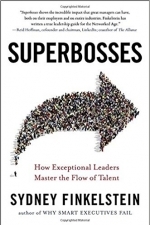
Superbosses: How Exceptional Leaders Master the Flow of Talent
Book
A fascinating exploration of the world’s most effective bosses—and how they motivate, inspire,...
Business
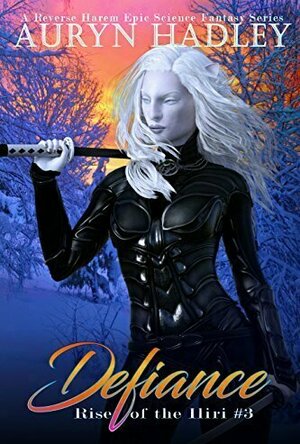
Defiance (Rise of the Iliri #3)
Book
HER ONLY CHOICE IS TO CHANGE HER WORLD… Salryc Luxx came to the Black Blades as ignorant of her...
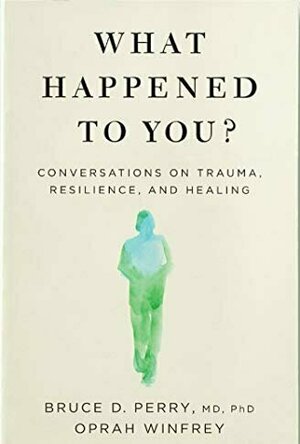
What Happened To You?
Oprah Winfrey and Bruce D. Perry
Book
Oprah Winfrey and renowned brain development and trauma expert, Dr Bruce Perry, discuss the impact...

VST CoffeeTools™ PRO for iPhone
Food & Drink and Lifestyle
App
PROFESSIONAL COFFEE TOOLS DESIGN SOFTWARE for the BARISTA, SPECIALTY ROASTER, CAFÉ and RESTAURANT...
